Photographs: GlaxoSmithKline Shobhana Subramanian
After imports were disallowed in 1955, Hindustan Milkfood Manufacturers started making the drink in the country in 1960 and now it's owned by GlaxoSmithKline Consumer Healthcare.
But there are no evident signs of ageing. Horlicks' market share of the Rs 2,305-crore (Rs 23.05 billion) milk beverages market is above 50 per cent (source: The Nielsen Company). Rivals know beating Horlicks in the market place is a tough act.
Why Horlicks is the No.1 brand in India
Image: Nestle MiloIt would be foolish not to leverage the equity of such a brand. Thus, GSK Consumer Healthcare has decided to use the brand to get into new categories. In the last few months, it has launched biscuits for children, a nutrition drink for women, an energy bar and chilled milk. More could follow in the days to come.
"Our business was doing well as was the economy. So both from our point of view as also from the consumers' perspective, it was a good time to shift gears," says GSK Consumer Healthcare Managing Director Zubair Ahmed.Why Horlicks is the No.1 brand in India
Image: Cadbury's Bournvita"These categories are relevant and our research shows that consumers need these products. We are not creating needs, we're simply fulfilling them."
Those who know Ahmed well will hardly be surprised by the fast pace of product launches. As the chief executive of Gillette, his previous assignment, he tried to grow the business rapidly with a slew of new shaving products. He left the grooming products company two years ago after it was acquired by Procter & Gamble to run GSK Consumer Healthcare.
Something for everyone
Ahmed is aware that new products do sometimes end up as casualties but he has taken confidence from the strength of the Horlicks brand. "We're riding the equity of Horlicks and supplementing it with consumer insights," says he.
Horlicks may be the country's sixth most-trusted brand but GSK Consumer Healthcare is playing in a market where consumers can be demanding. And rival brands are no rabbits: Cadbury's Bournvita and Heinz's Complan each with a 15 per cent share.
Why Horlicks is the No.1 brand in India
Image: Junior Horlicks advertisementWith Junior Horlicks, launched in 1995, GSK Consumer Healthcare had positioned a product exclusively for children between the ages of two and five. That, Anand Ramanathan, who advises companies in the FMCG space at consulting firm KPMG, points out is a crucial segment given that India is a young country - a clever ploy to engage consumers at a very young age.
The Junior Horlicks brand has grown to become a Rs 150-crore (Rs 1.5 billion) brand now, says GSK Consumer Healthcare head of marketing Shubhajit Sen. Taking advantage, the company launched Junior Horlicks biscuits last month.
Why Horlicks is the No.1 brand in India
Image: Horlicks for women"The idea is to address all age groups. There's Horlicks Lite for the elderly who often have a sugar problem and for the youth we have Horlicks Nutribar which we launched in February this year," says Ahmed.
With Horlicks Nutribar, positioned on the twin planks of health and convenience, GSK Consumer Healthcare has leveraged the brand to venture into an entirely new product category - energy cereal bars. Says Ernst & Young Partner Ashish Nanda: "When you've created a strong brand, it opens up doors to new variants and even new categories. Unless you enter a completely unrelated area, there's little risk in extending the brand to other products."
Why Horlicks is the No.1 brand in India
Image: Horlicks in different flavoursSen concedes that the product will be up against some keen competition in the Rs 45-crore chilled milk category from Amul Kool and strong regional players like MAFCO in Mumbai, but he hopes the brand can pull in revenues of Rs 50-100 crore (Rs 500 million to Rs 1 billlion) in about five years - more than the current market size.
Of course, GSK Consumer Healthcare will promote other brands too - it does need to hedge its risks, after all. Thus, in April, Glaxo ActiGrow, a protein supplement for children, was unveiled. Ahmed explains that the company is cashing in on the brand equity that Glaxo still has with mothers and will leverage that for specialist products like ActiGrow.
"We're looking at new products across food and beverages, like healthy snack foods because the opportunities aren't taken care of simply by Horlicks," says Ahmed.
Why Horlicks is the No.1 brand in India
Image: Horlicks, A steady growthIf Indians drink more than five million cups of Horlicks everyday it's because GSK Consumer Healthcare has worked on the product. At one time, in the late 1990s, market research showed that Horlicks was seen "as a nourishing, but boring drink" and was beginning to lose significance. What's more, consumers were beginning to prefer flavours over nutrients.
Why Horlicks is the No.1 brand in India
Image: Junior HorlicksNot just higher tonnage, the company does succeed in extracting a price from consumers. In January this year, for instance, prices were upped by about 5 per cent. What has worked in the company's favour, says KPMG's Ramanathan, is Horlicks value-for-money positioning. "Horlicks may not be a cheap product but it's been communicated as a value-for-money product. Parents today are willing to spend more on nutrition for their children and that has helped GSK Consumer Healthcare."
To that extent, Horlicks may have gained over competitors such as Complan which are perceived to be more expensive, a perception that hasn't changed over time. Says Ahmed: "Compared to competitors, Horlicks is the best money proposition and, moreover, the consumer gets value for the money spent."Why Horlicks is the No.1 brand in India
Image: Big endorsements for Horlicks"Women's Horlicks is far more expensive than the base Horlicks but that's because the consumer is getting much more and there's no other product available. Horlicks Nutribars will be primarily a metro phenomenon to start with, so the pricing has been decided accordingly."
Nourishing the brand
Horlicks does not feel the need for a brand ambassador, though GSK Consumer Healthcare has engaged expensive celebrities like Kapil Dev, Sachin Tendulkar and Mahendra Singh Dhoni to endorse Boost. Still, the several new launches could push up the ad budget of one of the country's top advertisers, most of which is spent on television. Sen believes that spends could inch up over the Rs 194 crore (Rs 1.9 billion) that GSK Consumer Healthcare spent on advertising and promotions last year.
Why Horlicks is the No.1 brand in India
Image: Darsheel Safary, brand ambassador, HorlicksIn the early years, mothers were the sole target audience since the product catered to the entire family. However, once pester power became big in the 1990s, the Horlicks advertisements started talking to children too. The change worked because it was also the time when mothers' mindset was changing - they had become more indulgent and let children drink what they liked, rather than imposing on them a drink of their own choice.
Today, JWT Client Service Director Debarpita Banerjee believes, the Internet can be a good way to connect with kids. So, there are tips posted on examinations on the website - "Exams ka bhoot bhagao" (Drive the exam demon away). Besides, the company has also reached out to children with Wizkids, a contact programme that provides a platform for schoolchildren across 25 cities to showcase their talent.
Why Horlicks is the No.1 brand in India
Image: GSK House in MumbaiPhotographs: GlaxoSmithKline
Most of these 4,000 sub-distributors were appointed in the eastern and southern parts of the country. The idea, according to Vice-president (sales) Navneet Saluja, is to increase the retail reach by at least 30 per cent. "Right now we reach out to around 25 per cent of the rural market and we hope to extend this reach to about 40 per cent of the hinterland in a couple of years. We're looking to have a presence in towns that have a population of 5,000 people."
As for reaching out to customers in the urban markets, Sen has begun to work with retailers to create excitement and awareness. "In some outlets, we even created play areas for children," he says.
Although modern trade remains a relatively small channel currently, fetching just 4.5 per cent of the firm's sales, Saluja's aiming for higher shares. Ahmed's not worried about the expense. "We'll be leveraging the P&L (profit and loss account) for some time because we need to invest in the business and new products," he says. Clearly, no effort is being spared to grow Horlicks

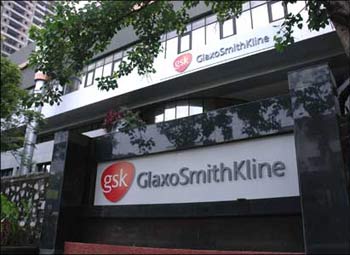
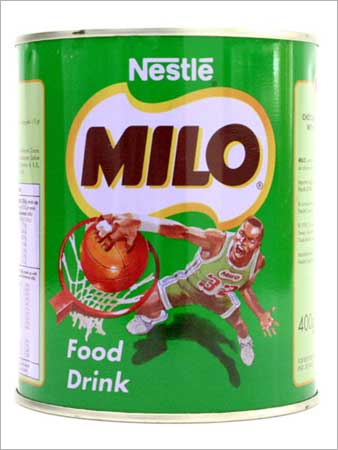
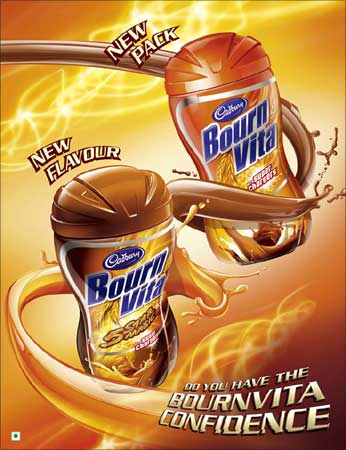

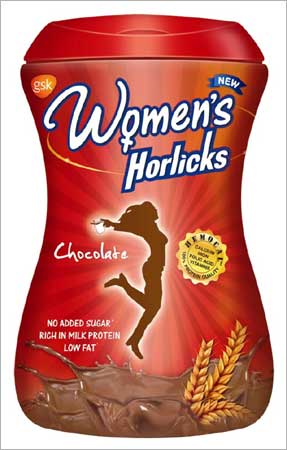




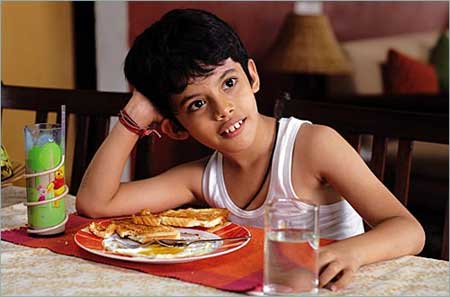


article